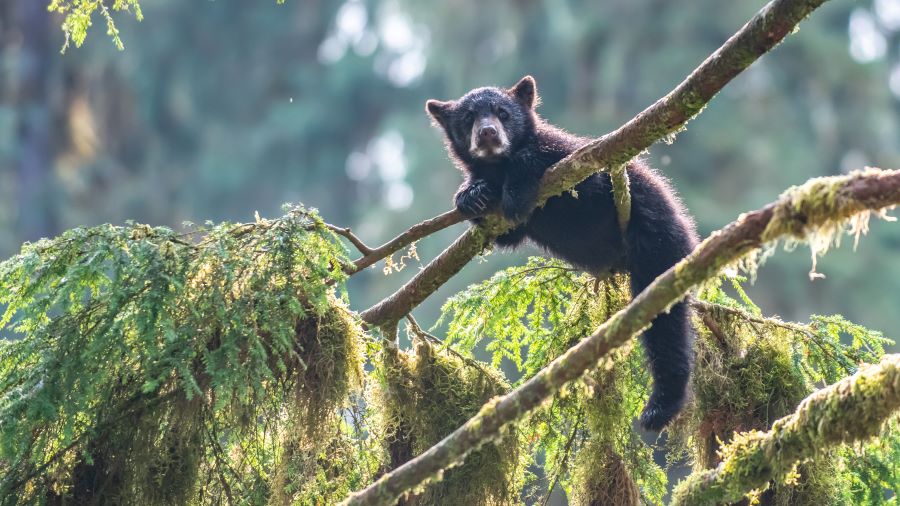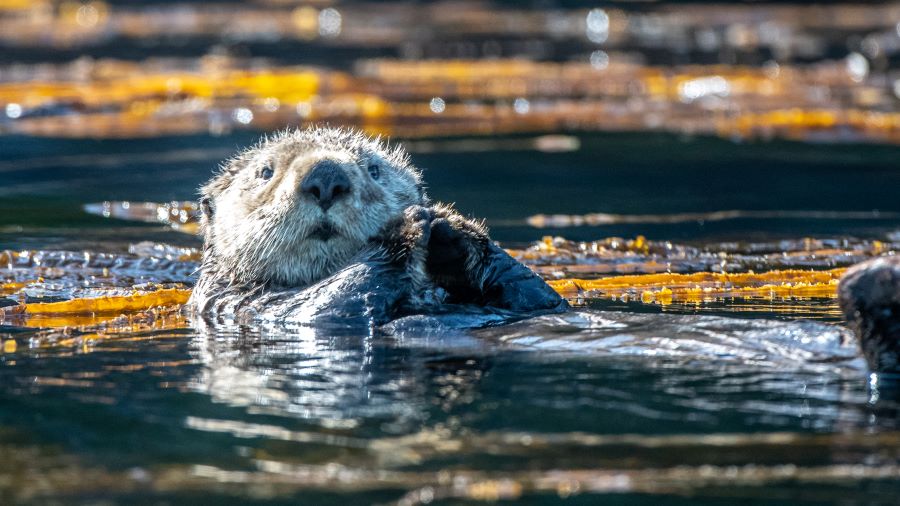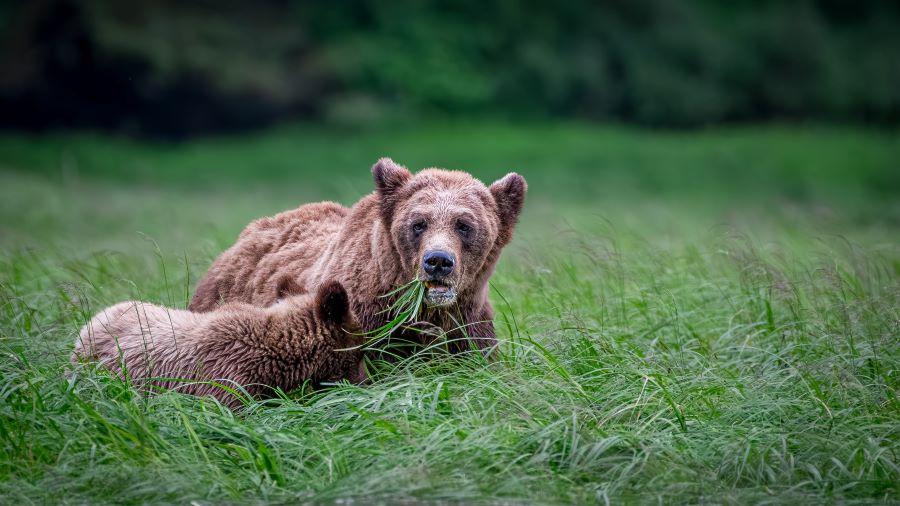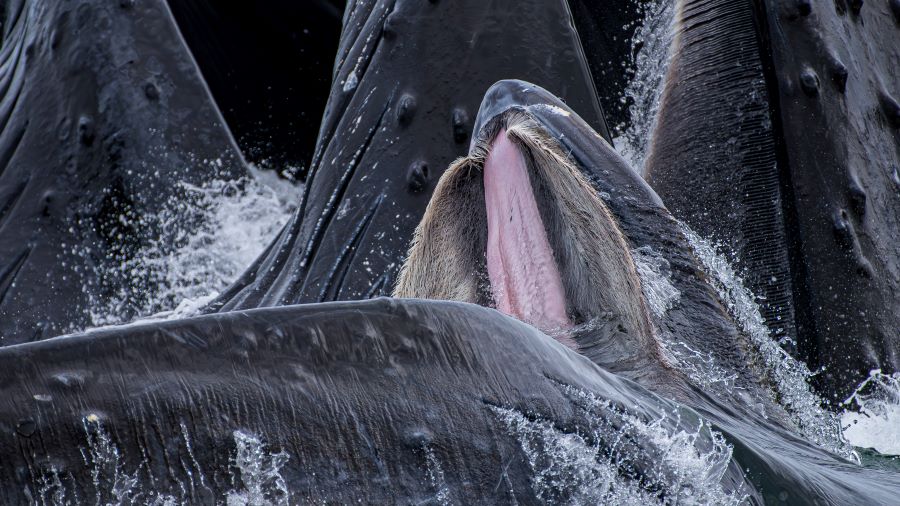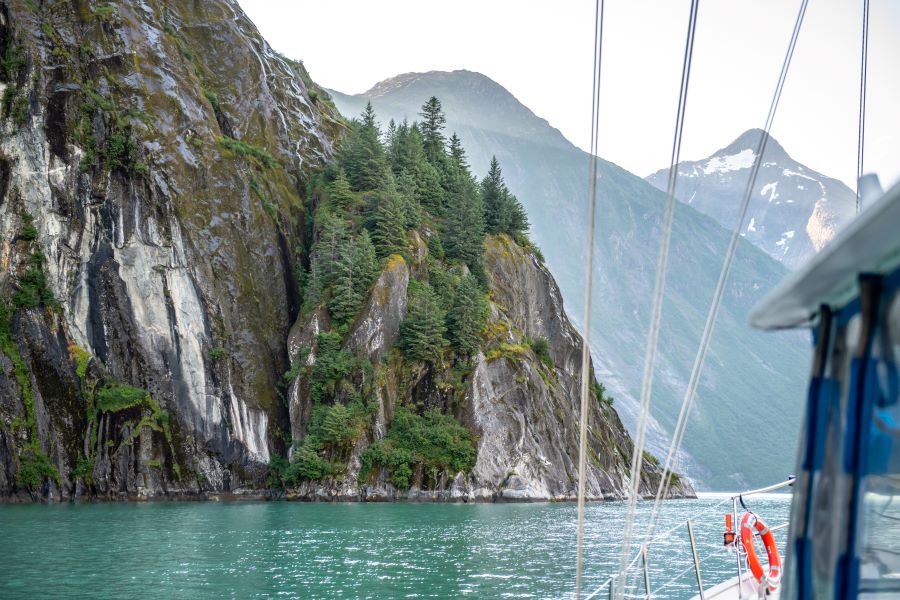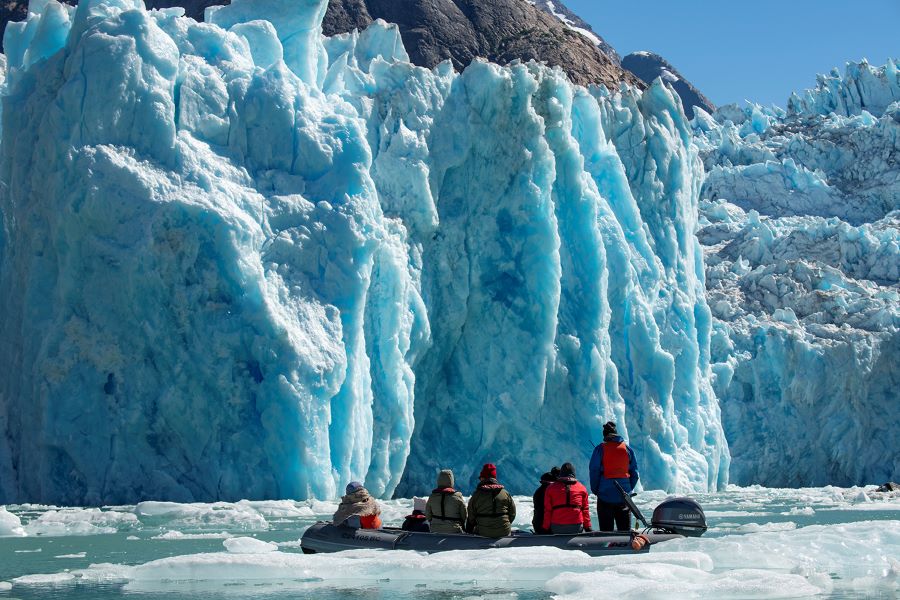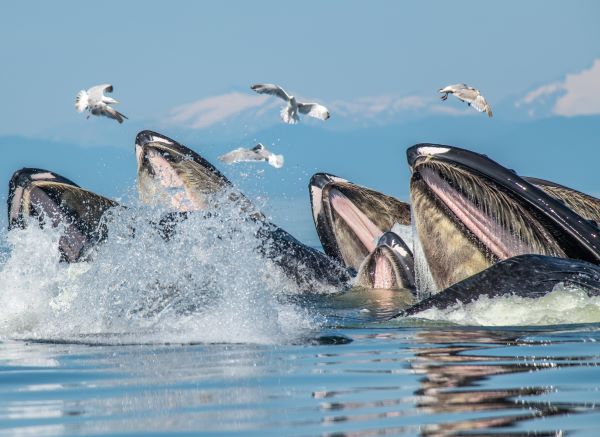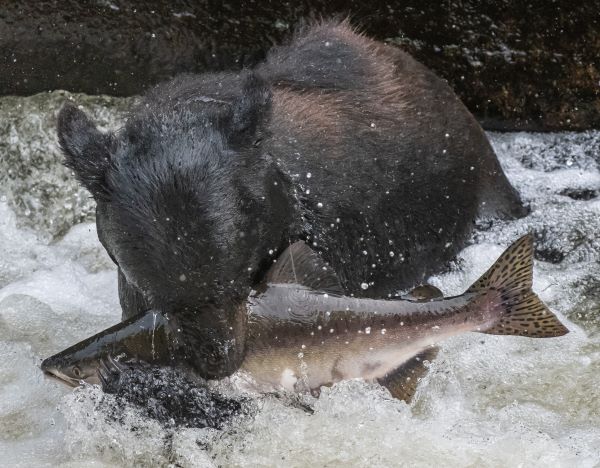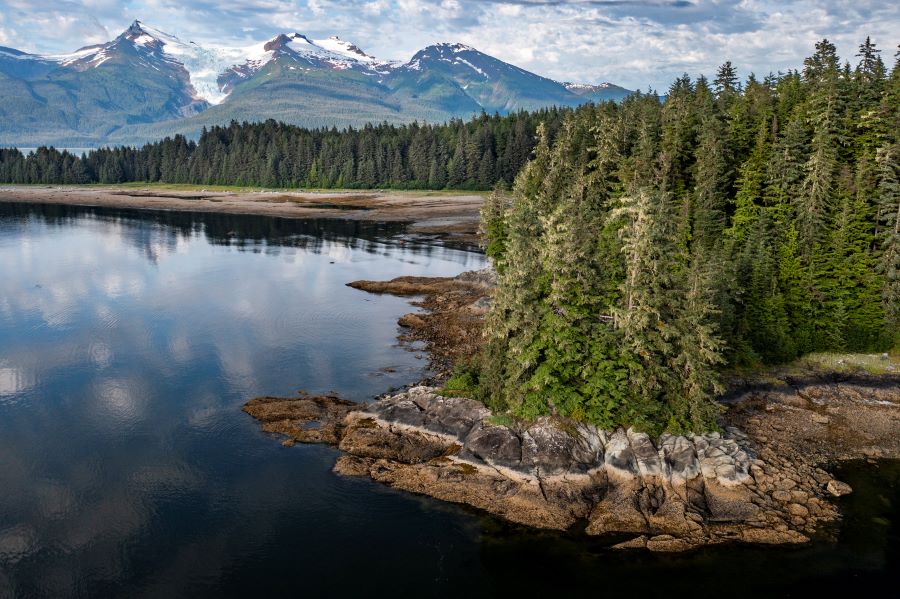Southeast Alaska
Sandwiched between the Elias mountain range to the east, and the Pacific Ocean to the west, Southeast Alaska is a uniquely magical landscape where every day has jaw-dropping wonder in store
View ItineraryUntamed Wilderness, Unparallelled Wildlife
Aptly referred to as ‘the Panhandle,’ this long, thin strip of land and islands marks the northern end of the Inside Passage and the beginning of the Alaskan frontier. Globally recognized for its commanding and endless wilderness, this tour captivates the hearts and souls of those longing for a rugged adventure. Travelling by sailboat into remote and solitary fjords is the best way to experience this enormous and empowering landscape on an intimate scale.
Glaciers & Fjords
Carved out by prehistoric glaciers, the fjords of Alaska are world renowned. Traveling up the fjords, passing aquamarine ice chunks, is an experience special to this itinerary. With over 100,000 glaciers within Alaska, we will see the very unique tidewater glaciers which have creeped their way from the Alaskan mountain tops to meet the ocean below over centuries.
Bubble-net Feeding Humpbacks
he Humpback whale viewing in Southeast Alaska can be some of the best we experience all season. Frequently we get to witness the cooperative hunting technique called bubble-net feeding, where multiple humpback whales work together to drive prey to the surface before lunging up with their colossal mouths open wide to catch their trapped meal.
Intimate Bear Viewing
With two different bear viewing locations, it is likely that guests on this trip will get to witness brown (grizzly) and black bears in a small and respectful group setting. Whether working hard in the river to catch salmon, or grazing on grass in the estuary, the bear viewing in Alaska is continuously world class.
Raw Wilderness
The Tongass National Forest, the largest National Forest in all the United States, and the largest temperate rainforest in the world, covers more than 75% of Southeast Alaska. Creating a haven for wildlife to thrive, this protected area generates naturally abundant ecosystems allowing megafauna like brown (grizzly) bears and humpback whales to flourish.
Current Southeast Alaska Sailings
Running from mid-June to mid-August, come experience Southeast Alaska for yourself. Browse through our current Southeast Alaska sailings to find a date that works best for you.
Schedules & PricingVisiting Responsibly
How We Visit Alaska Sustainably
Bluewater Adventures ensures that we are in good standing and have obtained all necessary Special Use Permits from the United States Forest Service (USFS) to guide within the Tongass National Forest. As a permit holder, Bluewater agrees to adhere to specific terms & conditions that helps reduce visitor impact to the lands and waters we visit within the Forest.
Also within the Tongass National Forest are the two main bear viewing areas we visit. Requiring Special Recreation Permits, these two bear viewing areas are monitored and managed by the USFS and have strict per day visitor restrictions to help reduce human impact on the resident bears. Bluewater receives an annual report from the USFS on our bear viewing practices which influences our future permit access. We are proud to have been in good standing with the USFS for over three decades.
Our captains and naturalists always have their sights glued to the waterline ensuring we are not unintentionally getting too close to any marine species who may want to pay us a visit. As bubble-net feeding humpbacks frequent the waters of Southeast Alaska, our captains ensure we keep a minimum of 200m from all sighted whales, and if whales start to come closer than 200m, they will turn the boat off until the whale moves further away.
